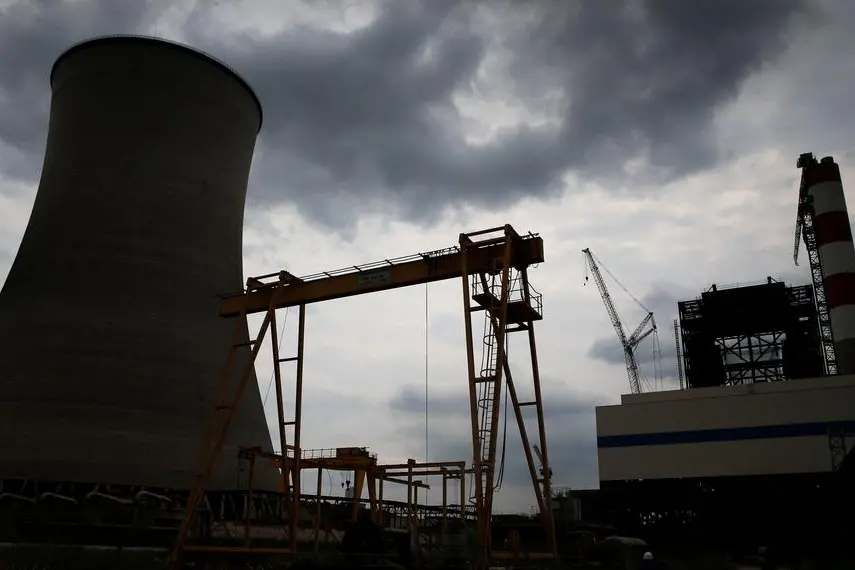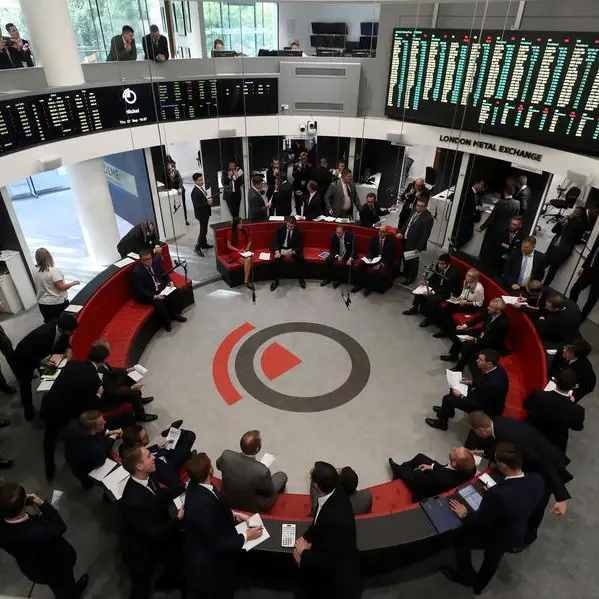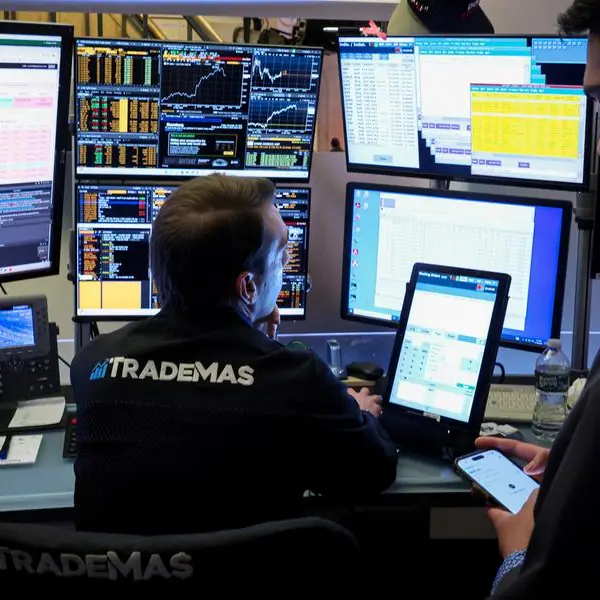PHOTO
(The opinions expressed here are those of the author, a columnist for Reuters.)
NUSA DUA, Indonesia - Asia's coal industry isn't too happy about current market conditions, with miners, traders, shippers and end users all having various complaints at this week's annual gathering of the sector.
The export-focused miners from top shippers Indonesia and Australia may be content with the solid volumes they are achieving, but feel prices for seaborne grades are too low.
The freight sector complains that shipping rates are too low, especially given what they see as a looming shortage of vessels in coming years.
Traders are concerned margins are being compressed as they seek to maintain volumes.
And finally, end users such as electricity utilities and industries like cement feel that prices are still too high and don't reflect the economic struggles in much of Asia, especially in China, the world's biggest coal importer.
Put together, the sentiment at the Coaltrans Asia event on the Indonesian resort island of Bali could be described as mutual discontent.
But while it may seem counter-intuitive, that may actually be a comfortable spot for the coal industry.
If one player is happy, say miners, by extension others will be unhappy.
If prices are high enough that miners are making outsized profits, it's the case that utilities will feel squeezed.
But if everybody has reason for complaint, the market is likely in a more balanced and sustainable position.
The prices of the main grades of seaborne thermal coal in Asia show the current steady dynamic.
Lower-grade Indonesian coal with an energy content of 4,200 kilocalories per kilogram (kcal/kg), as assessed by commodity price reporting agency Argus, ended last week at $50.38 a metric ton.
This is largely unchanged from the $52.23 a ton that prevailed in the same week in 2023, and since then the price has been relatively stable with only a mild rally over the peak northern winter demand period, which subsequently eased.
Australian coal with an energy content of 5,500 kcal/kg , a grade popular with buyers in China and parts of Southeast Asia, ended last week at $86.83 a ton, down slightly from the $90.29 it was at the same week last year.
Higher-grade 6,000 kcal/kg Australian coal, which is mainly bought by utilities in Japan, South Korea and Taiwan, ended last week at $143.64 a ton, according to data compiled by globalCOAL, a level that continues its recent run of stability.
The market isn't anticipating much change either, with globalCOAL's forward curve for 6,000 kcal/kg coal being virtually flat for the rest of this year and only showing a mild increase for the first half of 2025.
FLAT VOLUMES
It's a similar story for seaborne coal volumes, with top exporter Indonesia showing steady shipments, allowing for small changes due to seasonal demand shifts.
Indonesia exported 43.09 million tons of all grades of coal in August, up only slightly from the 41.16 million from the same month in 2023, according to data compiled by commodity analysts Kpler.
Second-ranked Australia turned in a strong performance in August, exporting 33.39 million tons, the most since December.
However, Australia's exports for 2024 are on track to be about the same as the 354 million tons shipped in 2023.
The steady price and export volumes may not make everybody happy, but they do allow the coal sector to continue to operate and give it confidence to make investment decisions.
But if there is one factor that virtually everybody in the industry worries about, it's China.
China's import demand has been strong and it's likely that arrivals this year will exceed last year's record 474.72 million tons.
Official data showed China's imports at 45.84 million tons in August, up 3.4% from the same month last year.
For the first eight months of the year, China imported 341.62 million tons, a gain of 11.8% over the same period last year.
The worry for some coal market participants is that China's strong run may be coming to an end, given the ramping up of domestic output and increased power generation from both hydropower and renewables.
In reality, it's likely that China will continue to import relatively high volumes of coal, because the seaborne market prices are competitive against domestic supplies.
It also appears authorities in Beijing are currently happy to leave the coal sector to market forces, taking the view that cheaper seaborne prices serve to keep a lid on the domestic market.
The opinions expressed here are those of the author, a columnist for Reuters.
(Editing by Jamie Freed)























